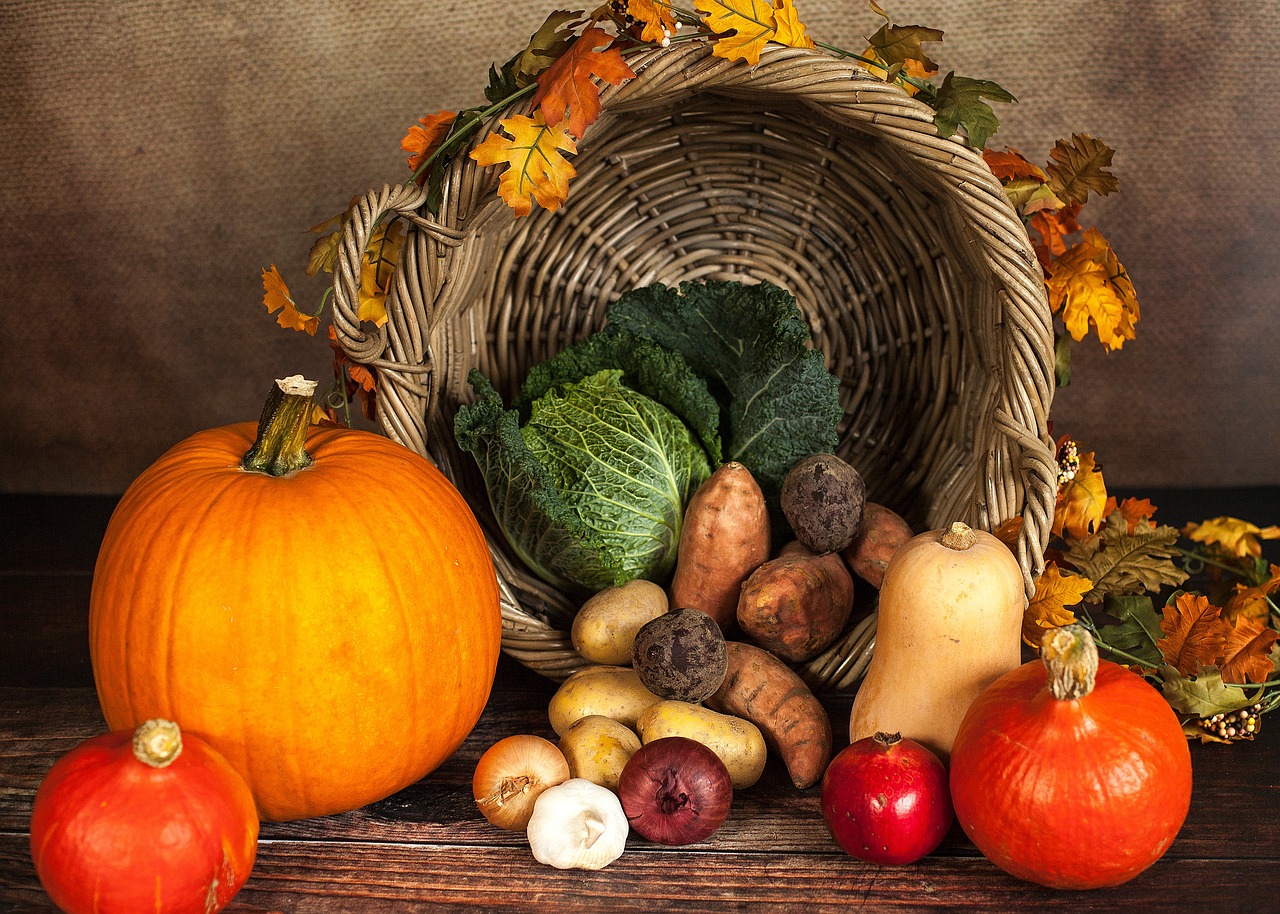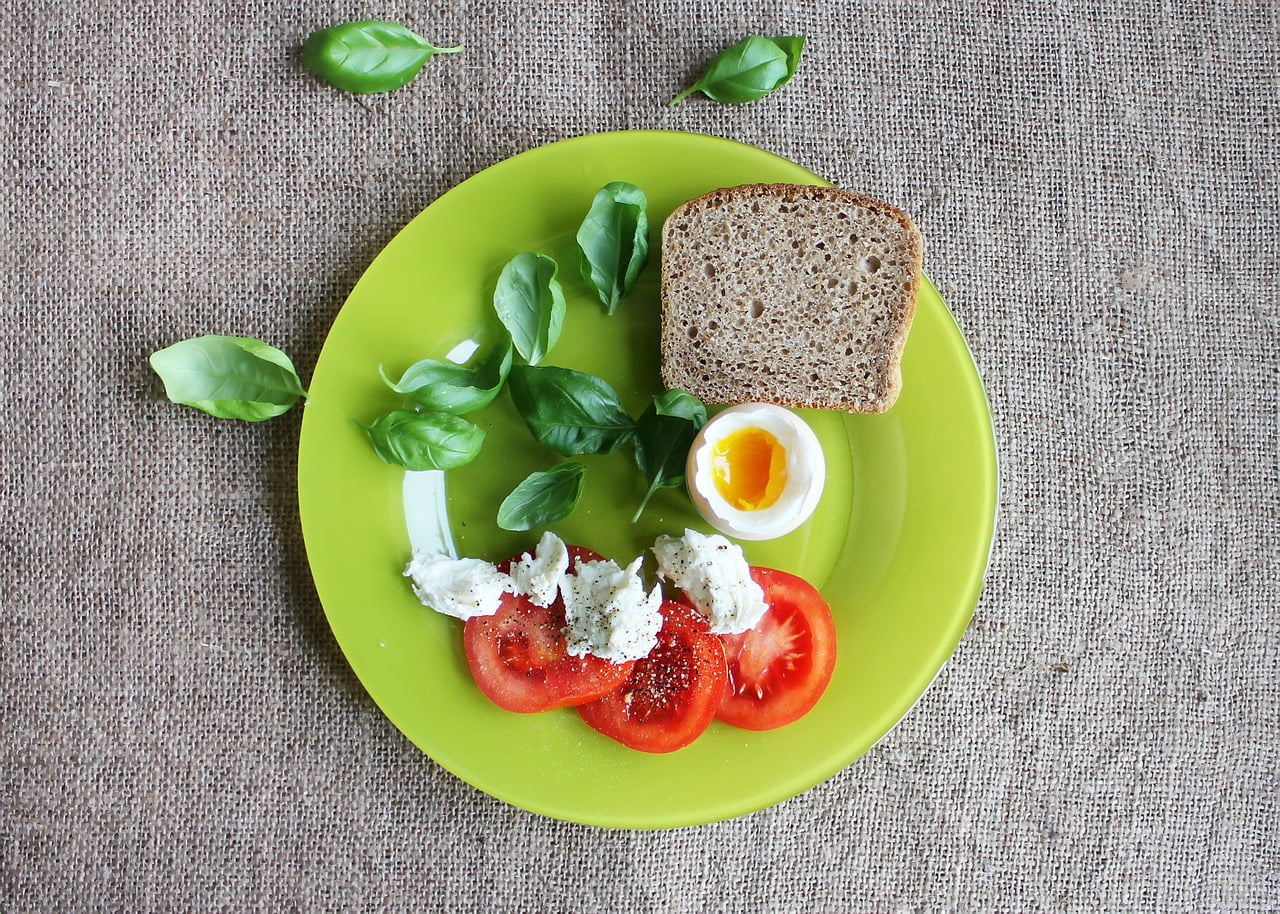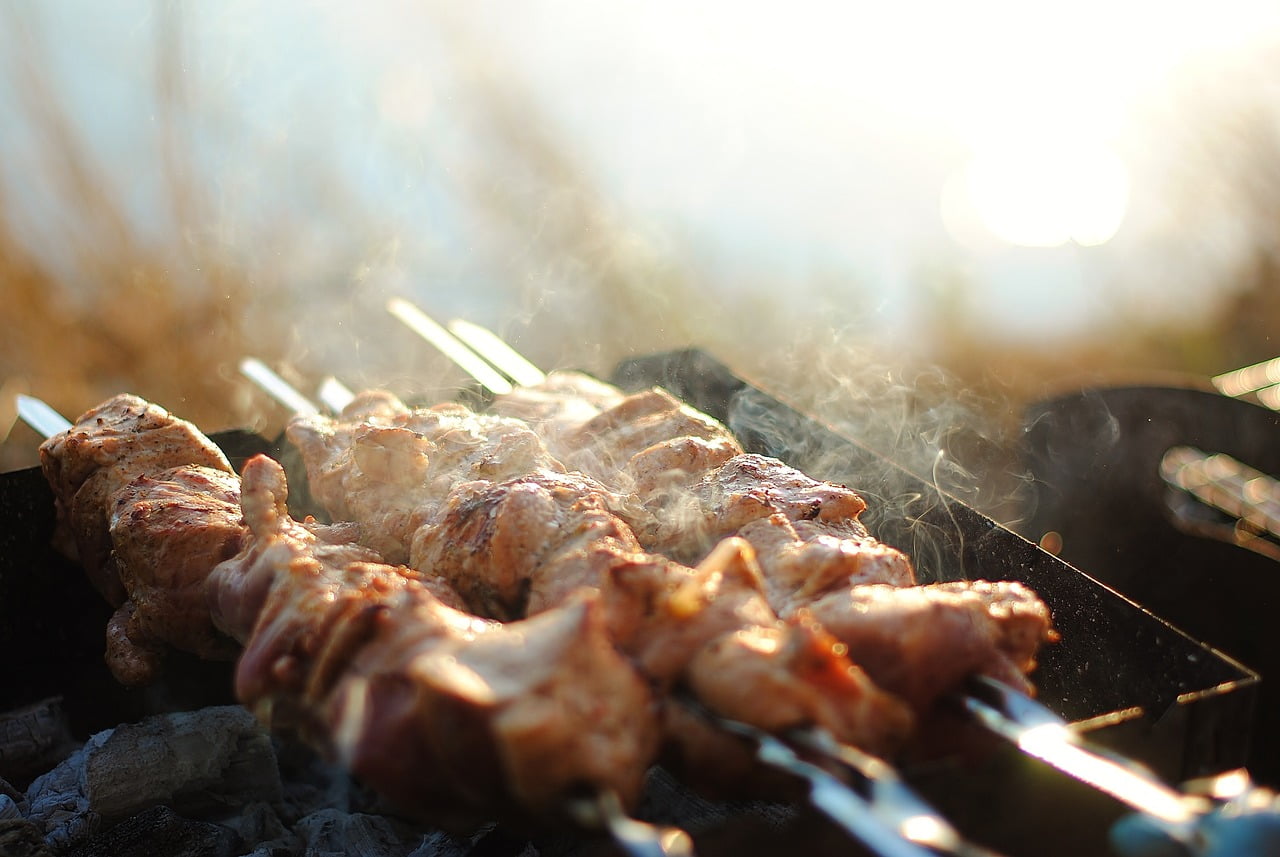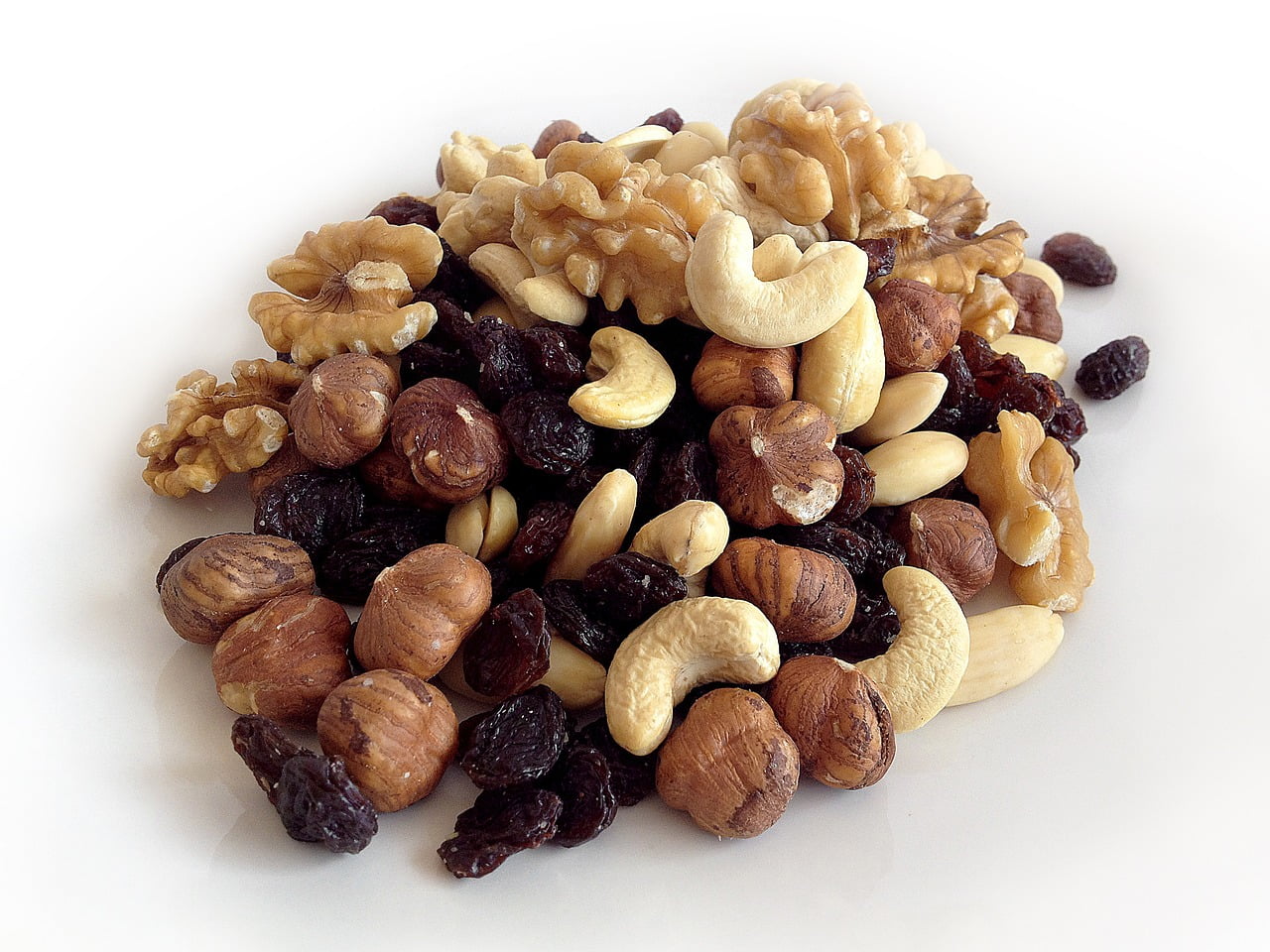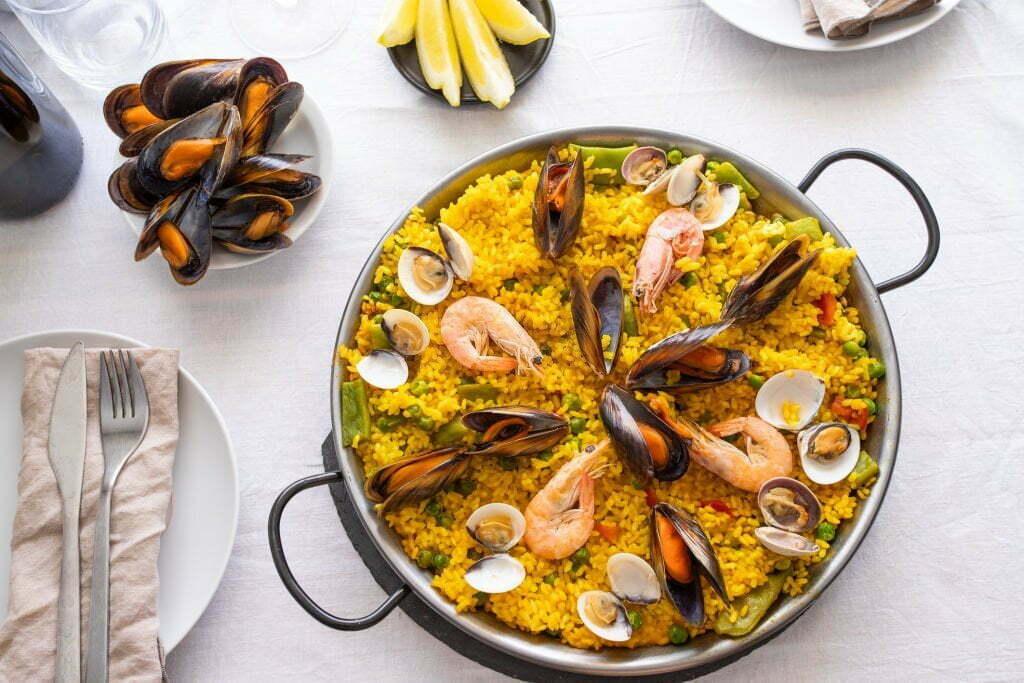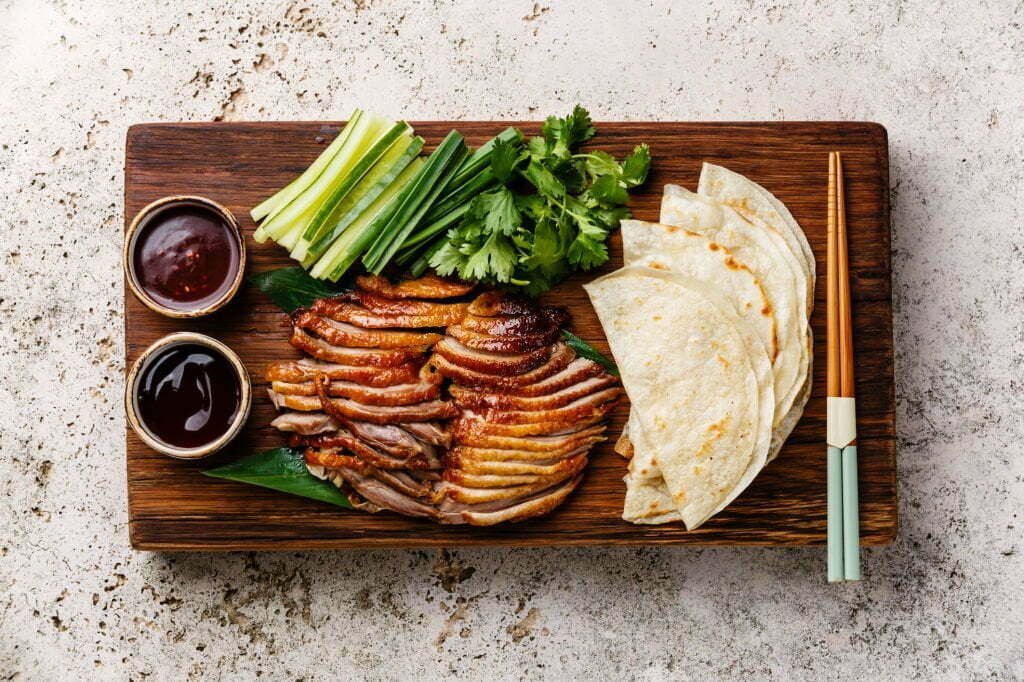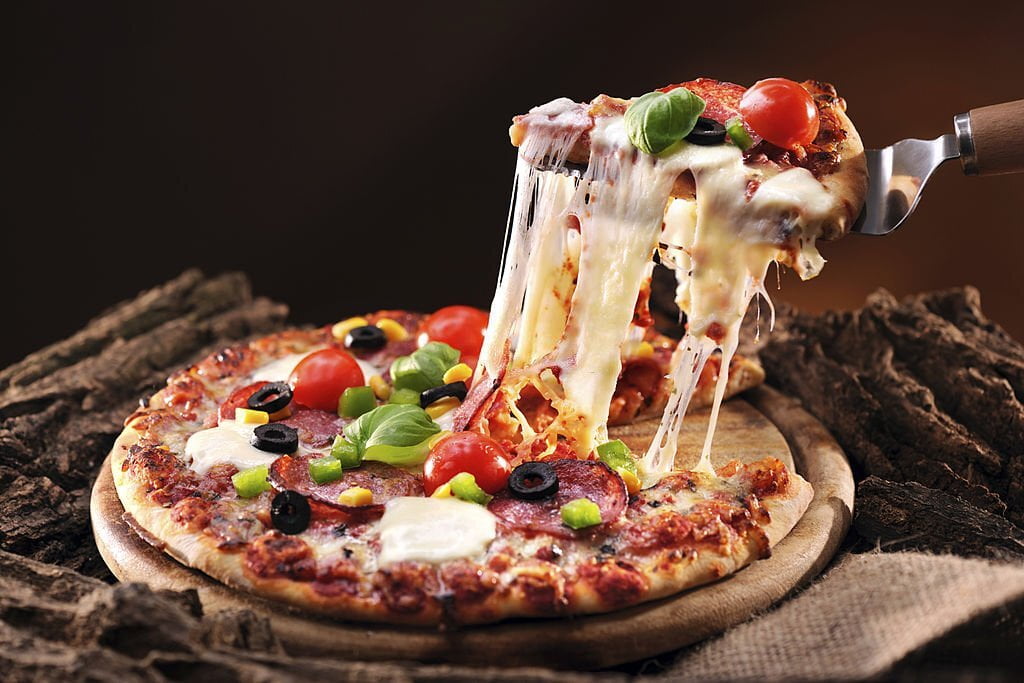A Guide that Explores Peking Duck. Discover the secrets behind the perfectly crispy skin and tender meat, as we explore the traditional methods employed to roast the duck to perfection. From the meticulous selection of the finest ingredients to the precise timing and temperature control, we will unveil the artistry involved in creating an unforgettable Peking Duck dining experience.
We will also delve into the different serving styles, accompaniments, and recommended wine pairings that complement the rich flavors of this renowned delicacy. Whether you’re a seasoned food lover or an adventurous eater looking to expand your culinary repertoire, this guide will equip you with the knowledge and appreciation to savor every bite of Peking Duck.
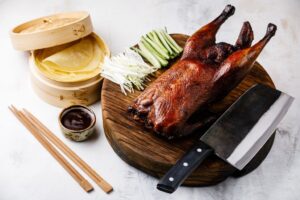
Best Types of Peking Duck
Classic Traditional Peking Duck:
This is the epitome of Peking Duck perfection. Prepared using time-honored techniques, the duck is meticulously roasted until the skin turns golden brown and incredibly crispy. The meat is succulent and tender, providing a delightful contrast to the crunchy skin. Served with thin pancakes, scallions, and hoisin sauce, this classic version embodies the essence of Peking Duck.
Tea-Smoked Peking Duck:
Infused with aromatic tea leaves and spices, the tea-smoked Peking Duck offers a unique twist on the traditional recipe. The smoky flavors penetrate the meat, adding depth and complexity. The skin retains its crispiness, while the smoky aroma tantalizes the senses. This variation is a must-try for those seeking an elevated Peking Duck experience.
Crispy Skin Peking Duck:
For aficionados who crave the ultimate crunchy texture, the crispy skin Peking Duck is an irresistible choice. The skin is meticulously prepared to achieve an unmatched level of crispiness, creating a satisfying crackling sensation with each bite. The succulent meat complements the skin perfectly, resulting in a heavenly combination of flavors and textures.
Five-Spice Peking Duck:
The five-spice Peking Duck adds a robust and aromatic twist to the traditional recipe. Infused with a blend of spices like star anise, cloves, cinnamon, Sichuan peppercorns, and fennel seeds, this variation delivers a burst of tantalizing flavors. The spices permeate the meat, creating a harmonious fusion of savory and aromatic elements that will leave your taste buds craving more.
Fruit-Stuffed Peking Duck:
For a refreshing and fruity twist, the fruit-stuffed Peking Duck takes the spotlight. Fresh fruits, such as orange slices, pineapples, or lychees, are stuffed inside the duck before roasting. The natural sweetness of the fruits complements the rich flavors of the duck, adding a delightful burst of juiciness to each bite. This vibrant variation is a delightful departure from the traditional recipe.
Indulge in these top 5 types of Peking Duck, each offering a unique culinary experience that showcases the versatility and artistry of this beloved Chinese dish.
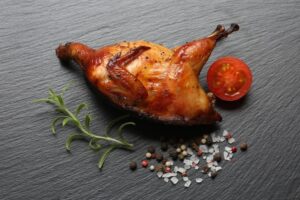
The History of Peking Duck
Peking Duck, an iconic dish known for its crispy skin and succulent meat, has a rich and fascinating history that dates back centuries.
Origins in Imperial China:
Peking Duck can trace its origins to the imperial kitchens of China’s Ming Dynasty (1368-1644). It was initially prepared exclusively for the imperial court and enjoyed by the emperor and his privileged guests. The dish was known as “Shao Ya” during this time.
Transition to Beijing:
During the Qing Dynasty (1644-1912), the dish gained popularity outside the imperial court and became a favorite in the capital city, Beijing. It was during this period that the dish acquired the name “Peking Duck,” referencing the city in which it thrived.
Traditional Preparation:
The traditional preparation of Peking Duck involves a meticulous process. The duck is typically bred specifically for this dish, ensuring a balance between fat and meat. It is then marinated with a combination of honey, soy sauce, and other seasonings. The duck is then hung to dry and later roasted in a closed oven or hung over an open flame, allowing the skin to become crispy and the fat to render.
Cultural Significance:
Peking Duck holds a significant place in Chinese culinary culture. It has become synonymous with Beijing and is often considered one of the city’s most famous dishes. The skill required to prepare Peking Duck has been passed down through generations of chefs, contributing to its status as a culinary treasure.
Global Popularity:
In recent decades, Peking Duck has gained widespread popularity worldwide. Chinese restaurants around the globe feature this beloved dish, allowing people from diverse cultures to experience its unique flavors and textures.
Today, Peking Duck stands as a symbol of Chinese culinary excellence, captivating food enthusiasts with its exquisite taste and historical significance. Whether enjoyed in the ornate halls of an imperial court or a modern restaurant, Peking Duck continues to be a timeless delicacy that transcends borders and delights palates everywhere.
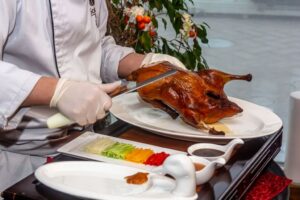
How to Cook Peking Duck at Home
Peking Duck is a culinary masterpiece that can be enjoyed right in the comfort of your own kitchen. Follow this step-by-step guide to prepare an authentic Peking Duck experience at home.
Ingredients and Equipment:
- Whole Peking Duck
- 1 tablespoon honey
- 2 tablespoons soy sauce
- 1 tablespoon hoisin sauce
- 1 teaspoon five-spice powder
- Salt
- Thin pancakes
- Sliced scallions
- Cucumber strips
- Roasting pan with a rack
- Kitchen string
- Meat thermometer
Preparing the Duck:
- Clean the duck thoroughly, removing any excess fat or innards.
- Pat the duck dry with paper towels.
- In a small bowl, mix honey, soy sauce, hoisin sauce, five-spice powder, and a pinch of salt.
- Rub the mixture all over the duck, including the cavity.
- Leave the duck uncovered in the refrigerator overnight, allowing the skin to dry.
Roasting the Duck:
- Preheat the oven to 325°F (163°C).
- Place the duck on a roasting rack in a pan, breast-side up.
- Tie the duck’s neck with kitchen string to prevent the cavity from closing during roasting.
- Roast the duck for about 2 to 2.5 hours, or until the skin turns golden brown and crispy.
- Occasionally baste the duck with its own drippings for added flavor and moisture.
- To ensure the duck is cooked thoroughly, use a meat thermometer and ensure the internal temperature reaches 165°F (74°C).
Resting and Carving:
- Once cooked, remove the duck from the oven and let it rest for 15-20 minutes.
- Carve the duck by first removing the legs and wings, followed by the breast.
- Slice the meat thinly and arrange it on a serving platter.
Serving Peking Duck:
- Serve the Peking Duck with thin pancakes, scallions, cucumber strips, and hoisin sauce.
- To enjoy, place a slice of duck on a pancake, add a drizzle of hoisin sauce, top with scallions and cucumber strips, and roll it up.
Now, you’re ready to savor the delicious flavors of your homemade Peking Duck. Enjoy the crispy skin, tender meat, and delightful combination of condiments, creating an unforgettable dining experience in your own home.

Enjoying Peking Duck: Serving and Pairing with Complementary Dishes
Peking Duck is not just a dish but a culinary experience. To fully appreciate its flavors and textures, follow these tips on how to eat Peking Duck and discover the perfect accompaniments.
Traditional Serving Style:
- Thin Pancakes: Start by taking a thin pancake and placing it in the palm of your hand.
- Hoisin Sauce: Spread a small amount of hoisin sauce on the pancake, creating a flavorful base.
- Duck Slices: Add a slice of Peking Duck on top of the sauce.
- Scallions and Cucumber: Place a few strips of scallions and cucumber on the duck.
- Roll it Up: Roll the pancake tightly, securing the filling inside.
Additional Accompaniments:
- Plum Sauce: In addition to hoisin sauce, plum sauce is another popular condiment that can be used to enhance the flavors of Peking Duck. Its sweet and tangy taste complements the savory duck.
- Steamed Buns: Instead of pancakes, you can opt for soft, steamed buns to encase the duck, creating a fluffy texture contrast.
- Fried Rice: Pairing Peking Duck with fragrant fried rice adds a satisfying contrast of flavors. The rice can absorb the rich flavors of the duck and provide a hearty side dish.
- Stir-Fried Vegetables: Serve Peking Duck with a side of stir-fried vegetables like bok choy, mushrooms, or snap peas. These fresh and crunchy veggies balance out the richness of the duck.
Wine Pairings:
- Red Wine: Peking Duck pairs well with medium-bodied red wines like Pinot Noir or Merlot. The fruity and earthy notes complement the duck’s flavors.
- Sparkling Wine: For a refreshing and celebratory touch, consider pairing Peking Duck with a crisp sparkling wine or Champagne. The effervescence helps cleanse the palate between bites.

FAqs
What makes Peking Duck different from a regular roast duck?
Peking Duck stands out with its thin, crispy skin and tender meat. The skin is specifically prepared to achieve maximum crispiness, while the meat is seasoned and roasted to perfection. The traditional preparation methods and unique serving style distinguish Peking Duck from other roast duck dishes.
Can I make Peking Duck at home?
Yes, it is possible to make Peking Duck at home. However, the process requires time, skill, and specific ingredients. The key is to dry the duck thoroughly, season it with a marinade, and roast it until the skin turns crispy. It may take some practice to achieve the same level of perfection as professional chefs, but it can be a rewarding and delicious cooking project.
What are the traditional condiments to serve with Peking Duck?
The traditional condiments for Peking Duck include thin pancakes, hoisin sauce, sliced scallions, and cucumber strips. The combination of the sweet hoisin sauce, fresh scallions, and crisp cucumber adds layers of flavor and texture to the duck. Some variations may also include a plum sauce or additional condiments based on personal preference.
Can I pair Peking Duck with wine?
Yes, Peking Duck can be paired with wine for a delightful dining experience. Medium-bodied red wines such as Pinot Noir or Merlot complement the rich flavors of the duck. Sparkling wines or Champagne can also provide a refreshing contrast. Ultimately, the choice of wine depends on personal taste and preference.


